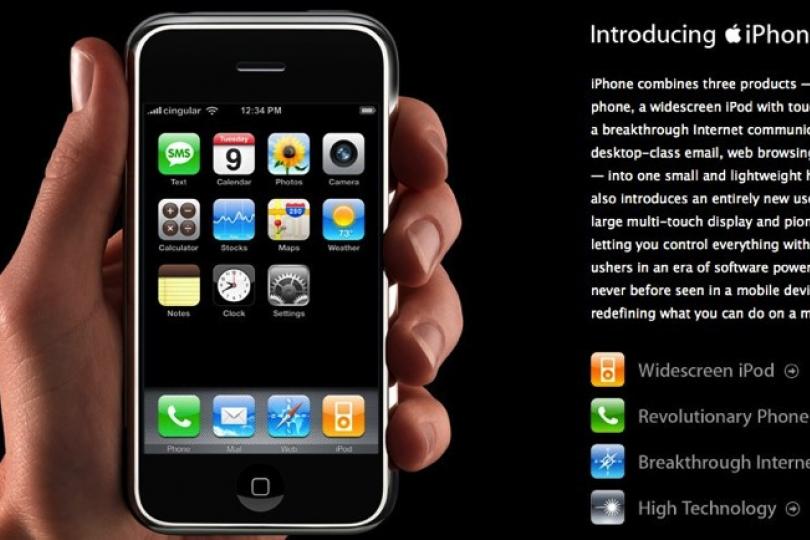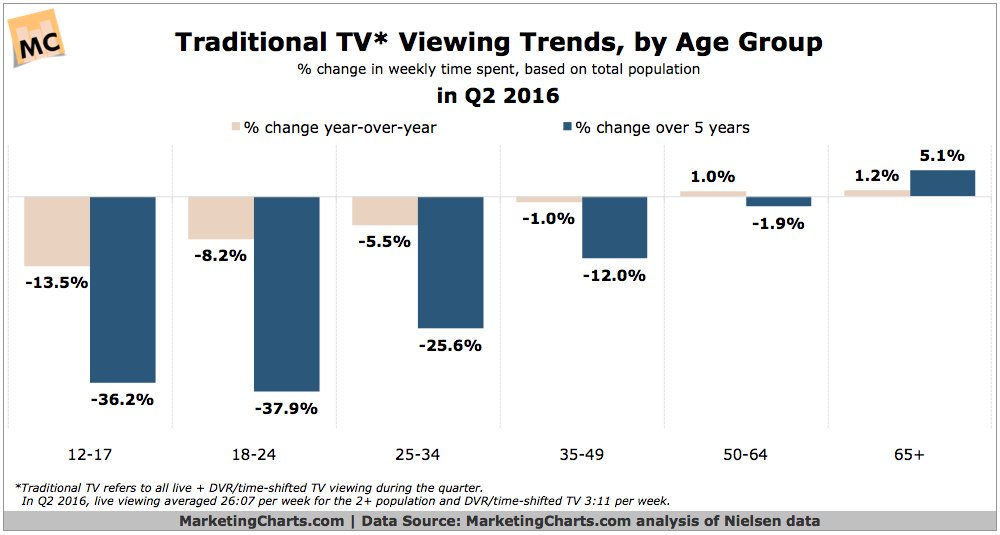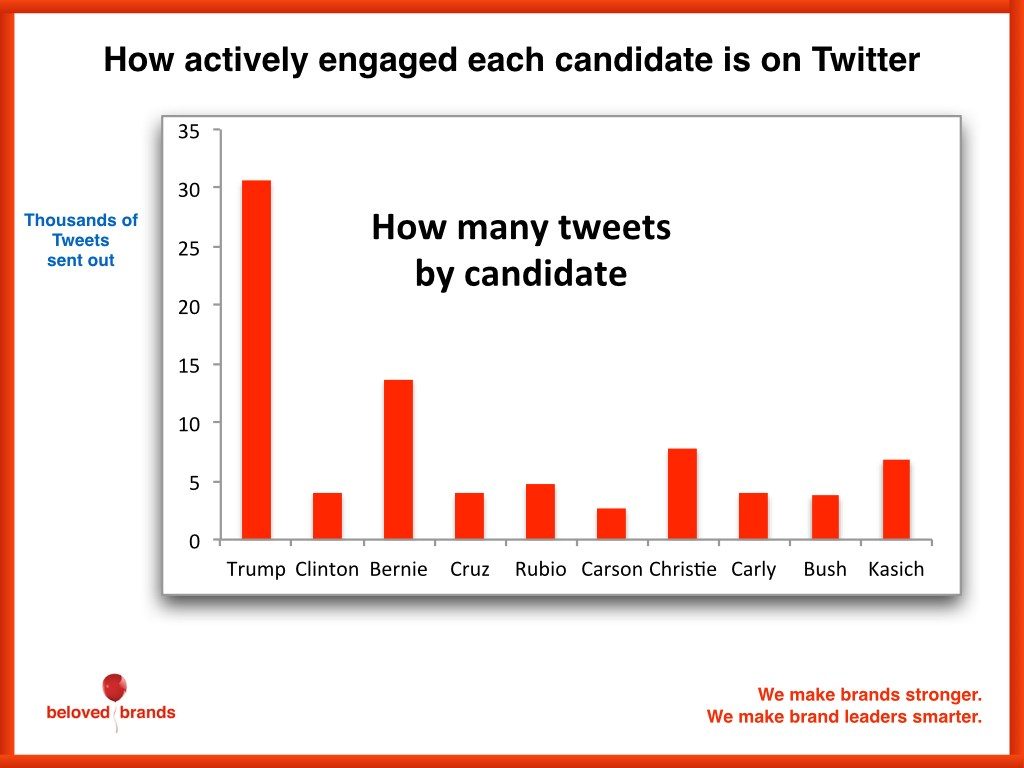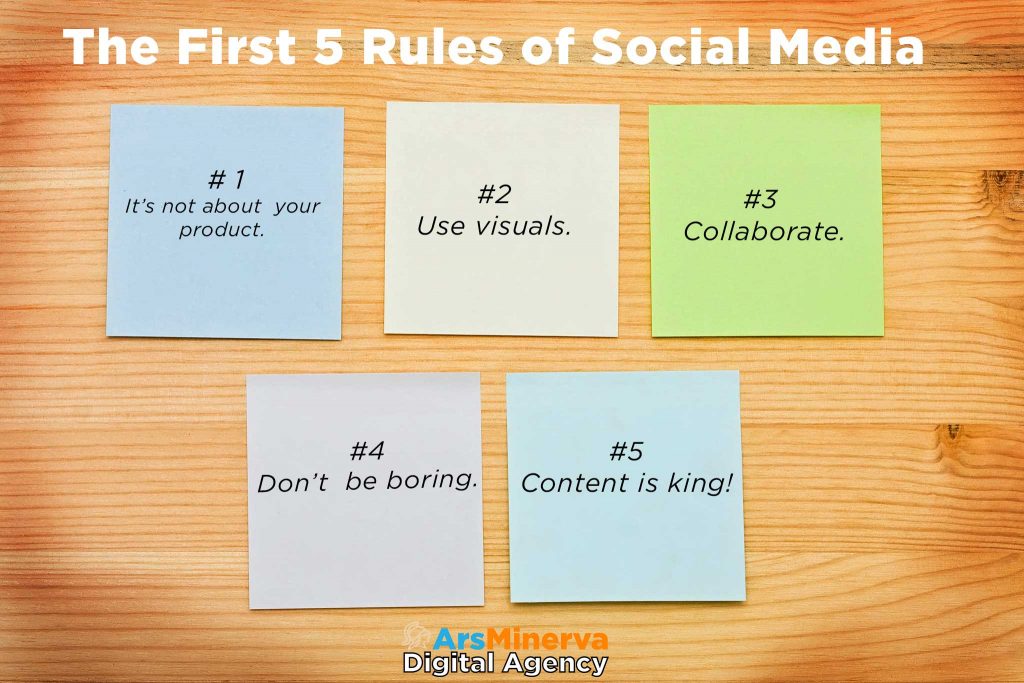Background: The Social Media Marketing Paradigm Shift
Marketing has changed radically in the past ten years and that change is primarily due to two technological events that created social media as we know it today. In fact, we can even trace these cataclysmic changes to the exact days that they occurred: September 26, 2006, when Facebook opened its doors to anyone with an email address and June 29, 2007, the date the first iPhone launched.

The original 2007 ad for the 1st iPhone.
The combination of smart phones and social media have radically changed consumer behavior. Unfortunately, many corporations and marketers are still stuck using a 20th century paradigm that is not only irrelevant but completely ineffective in today’s marketplace.
The 20th century pre-internet marketing paradigm was simple. You created a product, you saturated distribution channels, you hired an ad agency and you hammered the living hell out of the consumer with advertising until he bought it. You did that in traditional media channels that were both clearly defined as well as few and far between. There were 7 movie studios, 3 TV networks, a few dozen major national magazines, one or two daily papers in every major city and morning radio drive-time. You bought time or space and you sold products.
Compare that to today’s environment. According to The Hollywood Reporter, in 2016 , there were 412 scripted TV shows and 1400 total TV shows. At the same time that we are approaching “Peak TV”, overall TV viewership is declining at an absolutely astounding rate, as this chart clearly shows:

Meanwhile, newspapers and magazines have for the most part become quaint cultural relics. Once hegemonic media institutions suddenly find themselves competing with lone wolf bloggers with something interesting (or crazy and attention-getting) to say.
The playing field has been radically expanded and if not leveled, at least massively flattened. And the consumer is left to try to find the information they need in a Tower of Babel-esque cacophony of non-stop information.
Forget Buying Space and Time, Focus on Audience and Attention
As Geoffrey Colon points out in his excellent book, Disruptive Marketing, the old marketing paradigm was about (advertising) space and time but the new paradigm is about audience and attention.
So where do you find an audience and how do you get their attention? Well, you find them on social media. Getting their attention is another matter altogether.
In 2016, we saw this theory tested in a very dramatic fashion during our presidential election process. Hillary Clinton outspent Donald Trump by nearly 2:1 on traditional advertising. But take a look at this chart:

And the results, as they say, are history.
Social Media is Not Just Another Media Channel
Here’s the essential point: social media is not just another media channel, like radio or TV or print. The classical media channels (TV, Radio, Print) are all hierarchical in nature. The TV commentator and the newspaper editor are speaking to you from a position of authority. They implied message is that they know better than you. Social media is altogether different. If you’re interested in a brand, you like it or friend it. You are now peers. In a social situation.
Just as you wouldn’t walk into a party and hand out copies of a print ad you were running, you don’t just take a newspaper ad, stick it on your Facebook page and announce that you now have a social media presence.
Think about how you act with your own peers in social situations. If you are at a cocktail party and your choice is between listening to the interesting new person with the cool stories or getting trapped in the kitchen with Bob the insurance salesman, which would you choose?
If you’re going to establish your brand on social media, these rules are a good place to start.
The First Five Rules of Social Media Marketing

#1 – It’s not about your product – it’s about the stories you tell
Going to a website or Facebook page and finding nothing but talk about a product is exactly like being cornered by an Herbalife salesman at a cocktail party. You feel trapped and bored. You want to flee. Escaping may be hard to do at a cocktail party but it’s extremely easy to do on the internet. If you give your customers that hard-sell feeling, they’ll be out of there in a micro-second.
Hammering your potential customers on why they should buy your product just doesn’t work anymore. Instead, talk about stuff that interests your target demographic. They will become familiar with you, then seek you out and then finally seek out your products. It’s exactly like building romantic attraction. Seduce to conquer. Talk about your customers and their interests, not your brand and your products.
There are a number of companies that do this brilliantly, such as high-end athletic clothing company Patagonia. Their home page starts with a wildlife documentary. Well played, Patagonia, well played.
#2 -Communicate visually whenever possible
The internet is a visual medium. Eye-catching visuals aren’t an option – they’re a necessity. If you can’t create these kind of visuals yourself, then hire someone to create them for you. Your website and social media presence need to be both visually striking, relevant to your product or service and ideally, have a recognizable style to help build your brand image.
Moreover, think about the incredible demands we all have on our attention now. Although you may have spent hours crafting that paragraph, your intended audience is probably reading it on their smart phone while half-listening to a conference call (or driving down the freeway). Get their attention quickly and visually whenever possible.
Nike does a great job with this with their website.
#3 – Collaborate with others
Social media is about community and community is about collaboration. It’s very simple – the more you collaborate the more successful you will be in social media. This means forming strategic alliances, creating links to other sites and working very hard to build relationships of every kind. The more connected you are, the better. Period.
Unfortunately, many business owners are very suspicious of collaboration and they erroneously believe that it somehow dilutes their brand. Nothing could be further from the truth but as a result, they have a tendency to treat their websites like a snooty nightclub with a velvet rope and a doorman. This is not a successful strategy on the internet (and quite possibly, in life).
The object isn’t to keep people out – it’s to get them to come in and hang out. Once they come in and sit down you can sell them a drink (or whatever). But first they have to come in. Create as many paths to your website and social media channels as you can. It’a social network remember? So network, already. Go forth and build a community.
Random House’s “Figment” website and it’s associated social media channels are a spectacular example of this concept perfectly executed towards a very specific market – teenagers who read and write fan fiction.
#4 – Don’t be boring

Got haters? That’s OK.Like it or not, we live in an era where the loudest and most controversial voice will dominate the media, social or otherwise. Again, the recent election cycle is an excellent example of this.
Social media is not the place for your boring, polite corporate self. Have opinions. Be flashy and loud and even a little crazy. It’s good to be liked but it’s better to be popular. Howard Stern and Kim Kardashian have plenty of people who hate them, but they also
completely dominate their respective markets for the exact same reason: they command attention and they rise about the background noise level.
Modern marketing is about building social relationships. You want to be the colorful one at the party telling stories, making people laugh and generally being the life of the party. Not the man or woman in the grey suit talking quietly in your boardroom voice about interest rates. You want to stand out. You want to be the one they remember.
Won’t that strategy get you some haters? Of course! Ignore them. They come with the territory, whether you’re Coca-Cola or Kanye. They build your brand too. Being hated by the right people is almost as important as being like by the right people.
#5 – Content is King
This last rule is really the most critical of all. There is no substitute for great content.
People obsess about their followers on social media. Well, followers are important because they create momentum and momentum is important both for general marketing purposes and also because of the way most social media channels algorithms work. (More on that later.)
But what’s far more important is engagement, which is always about quality content and connecting with your core market on an emotional level.
Followers will get you on the charts but they won’t keep you there. If you want to maintain these relationships, you must provide good content. There just is no substitute for strong original content. If you can’t do it, hire somebody to do it.
You need great content – both visuals and text – and it needs to be fresh. Don’t just keep posting the same content over and over. Please. Just don’t.
People obsess about SEO (more on that later, too) but Google is pretty darn sophisticated now and in December 2016, the biggest single factor driving SEO is your content and virtually all SEO strategies (beyond the basic ones) are ultimately just an attempt to get around providing quality content . My advice? Hire content creators, not SEO experts. In the pre-internet era, these content creators were called “writers” – hire one.
A company that does this very well – and that understands the difference between their primary brand (magazines) and isn’t afraid to provide great web and social content is Conde Nast. A masterful execution of all of the concepts above on every channel.
And finally, Merry Christmas from AMDA!